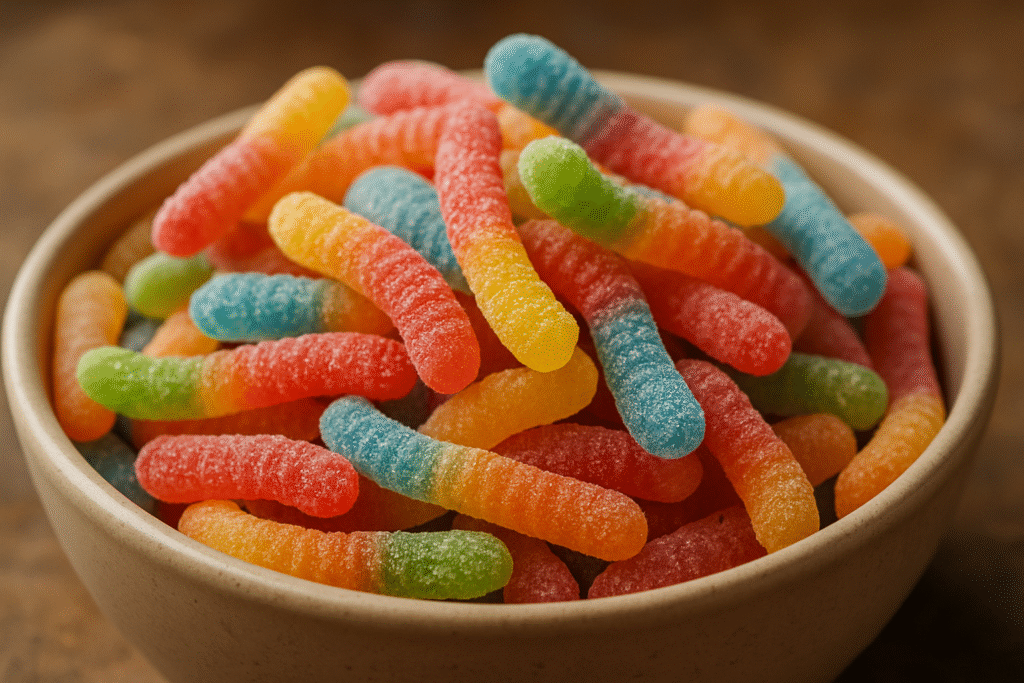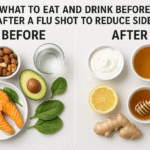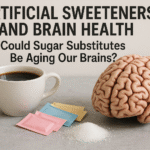By Harshit | October 20, 2025 | Roanoke, USA | 1:00 AM EDT
Reaching for a handful of gummy worms after lunch might feel harmless — even indulgent. Yet scientists are increasingly viewing such choices as part of a larger, concerning pattern: ultraprocessed foods may be addictive. These engineered snacks, from colorful candies to chips and ready-to-eat meals, are designed to appeal to our brains in ways that go far beyond simple nutrition.
From Snack to Craving
The surge of highly processed foods in modern diets has neuroscientists investigating why so many people struggle to stop eating them, even when they know the risks. Research shows that sugar, fat, salt, and flavor enhancers can activate the brain’s reward system, much like alcohol, nicotine, and opioids. This triggers strong signals to “eat more,” creating cravings, loss of control, and tolerance — hallmarks of addiction.
“Highly engineered foods can worm their way into the brain’s reward system,” says Alex DiFeliceantonio, a neuroscientist at Virginia Tech Carilion. Studies indicate that ultraprocessed foods can cause neurochemical changes, alter brain structure, and modify activity in regions that govern motivation and pleasure, including the striatum.
Defining Ultraprocessed Foods
The term ultraprocessed food describes products with minimal whole-food content, loaded with additives, flavorings, and preservatives. According to the NOVA classification, these foods include packaged snacks, ice cream, instant meals, and energy bars. They contrast with unprocessed or minimally processed foods, such as fruits, vegetables, and fresh meats, which retain their natural structure and nutrients.
Many researchers prefer the term “foodlike products” to reflect that these items are engineered for consumption rather than nutrition. “This stuff isn’t food. It’s a hedonically optimized substance created to generate profit,” says Ashley Gearhardt, psychologist at the University of Michigan.
Hyperpalatable foods — often overlapping with ultraprocessed items — are intentionally crafted to maximize pleasure. They remove ingredients like fiber, which signals fullness, while amplifying sugar, fat, and salt to create irresistible flavors.
The Science of Addiction and Food
The connection between ultraprocessed foods and addictive behaviors is supported by nearly 300 studies across 36 countries. Using tools such as the Yale Food Addiction Scale, researchers found that roughly 14% of adults and 12% of children exhibit patterns similar to substance use disorders, including compulsive eating, cravings, and continued consumption despite negative health effects.
Experiments further demonstrate how these foods reshape the brain. Volunteers consuming high-fat, high-sugar desserts over two months showed heightened neural responses to food cues, reinforcing motivation for treats and even improving learning in controlled tasks. Yet this “rewiring” mirrors mechanisms observed in drug or alcohol addiction.
Historical Context and Growing Recognition
The link between food and addiction was largely ignored until the mid-2000s. Food policy expert Kelly Brownell and addiction researcher Mark Gold helped bridge the gap between nutrition science and addiction research. Their work, along with studies by neuroscientists like Nicole Avena at Mount Sinai, established a framework for understanding food’s addictive potential.
“The concept of food addiction was initially met with skepticism, but evidence has steadily grown,” says Brownell. “Ultraprocessed foods clearly share more characteristics with addictive substances than with whole foods.”
Regulation, Awareness, and Solutions
Addressing ultraprocessed food addiction requires more than individual willpower. Accessibility, affordability, and social norms make healthier choices challenging. Public policy initiatives, such as Chile’s strict labeling and taxation on high-sugar and high-fat foods, demonstrate potential strategies to protect consumers.
Nutritionists emphasize that while individuals can make informed choices, structural changes are critical. “If these foods are addictive, our decisions are no longer entirely our own,” says DiFeliceantonio. “Regulation, labeling, and education are essential to safeguard public health.”
Some companies have responded by offering less-processed alternatives, higher in protein and fiber and lower in sugar and artificial ingredients. Meanwhile, research continues to refine definitions, understand risk factors, and explore interventions for populations most vulnerable to food addiction.
The Bottom Line
Ultraprocessed foods have become a dominant part of the U.S. diet, making up more than half of daily calories for many adults and children. Their addictive properties, engineered flavors, and social normalization present significant challenges to public health. Recognizing these products as potentially addictive — not merely indulgent — is key to creating effective policies, encouraging healthier diets, and protecting individuals from lifelong health risks.







